Design for the planet
Visiting time: ●●● Long (45 minutes)Designers, architects and engineers have dreamed for centuries of shaping our world. What if we could build entire continents, tame hurricanes, or dim the sun’s radiation? This kind of large-scale, deliberate intervention in nature is also referred to as ‘geoengineering’: the alteration, construction and design of the earth itself. The design and history of the geoengineering phenomenon are explored for the first time in the exhibition Design for the planet.
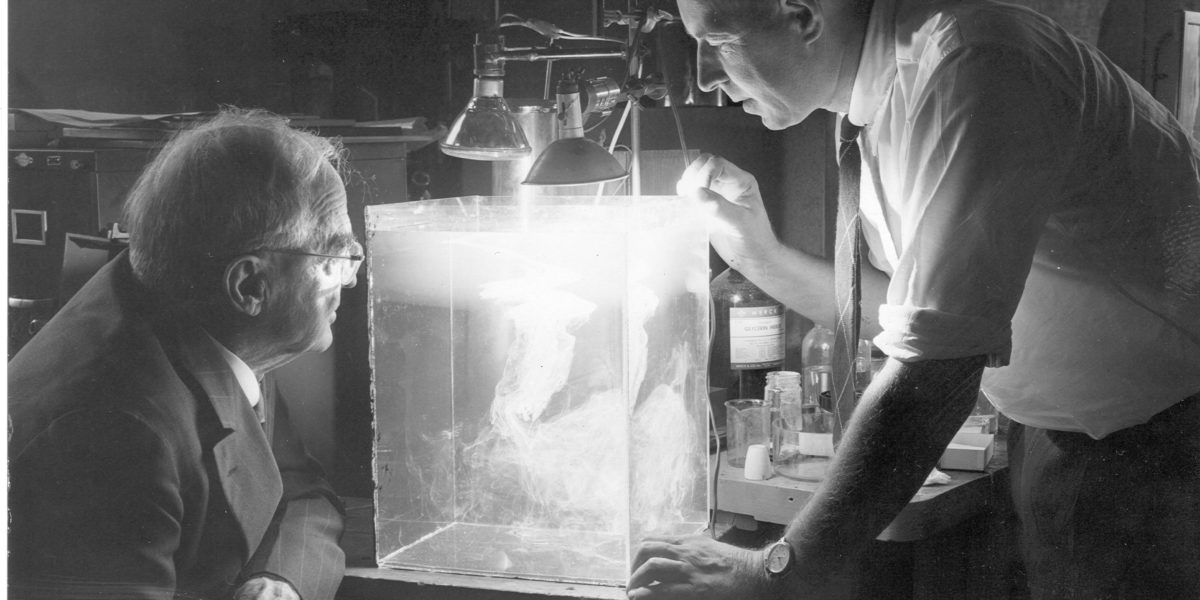
Quick fix for a complex problem?
The term geoengineering has cropped up increasingly frequently in recent years in discussions about the climate. As the grave implications of climate change have become ever-more obvious, we long for a ‘quick fix’ to mitigate them. Is geoengineering really ‘a bad idea for which it’s now high time’, as the science journalist Eli Kintisch put it? And do megalomaniac plans like this absolve us as individuals of our responsibility to take better care of the earth?

Unworkable, barely effective and risky
The desire to engineer the earth has a long design history. From colonial plans to green the Sahara, through Cold War weaponization of hurricane fears, to current proposals to extract CO2 from the atmosphere or to cool the earth using immense, orbiting sun-shields. Projects like this often turn out to be unworkable or subject to huge risks, while their effectiveness is far from certain. Who has the right to put such plans into practice? Who will have to bear their potential consequences? And what do these debates say about our expectations towards engineers, scientists and designers?
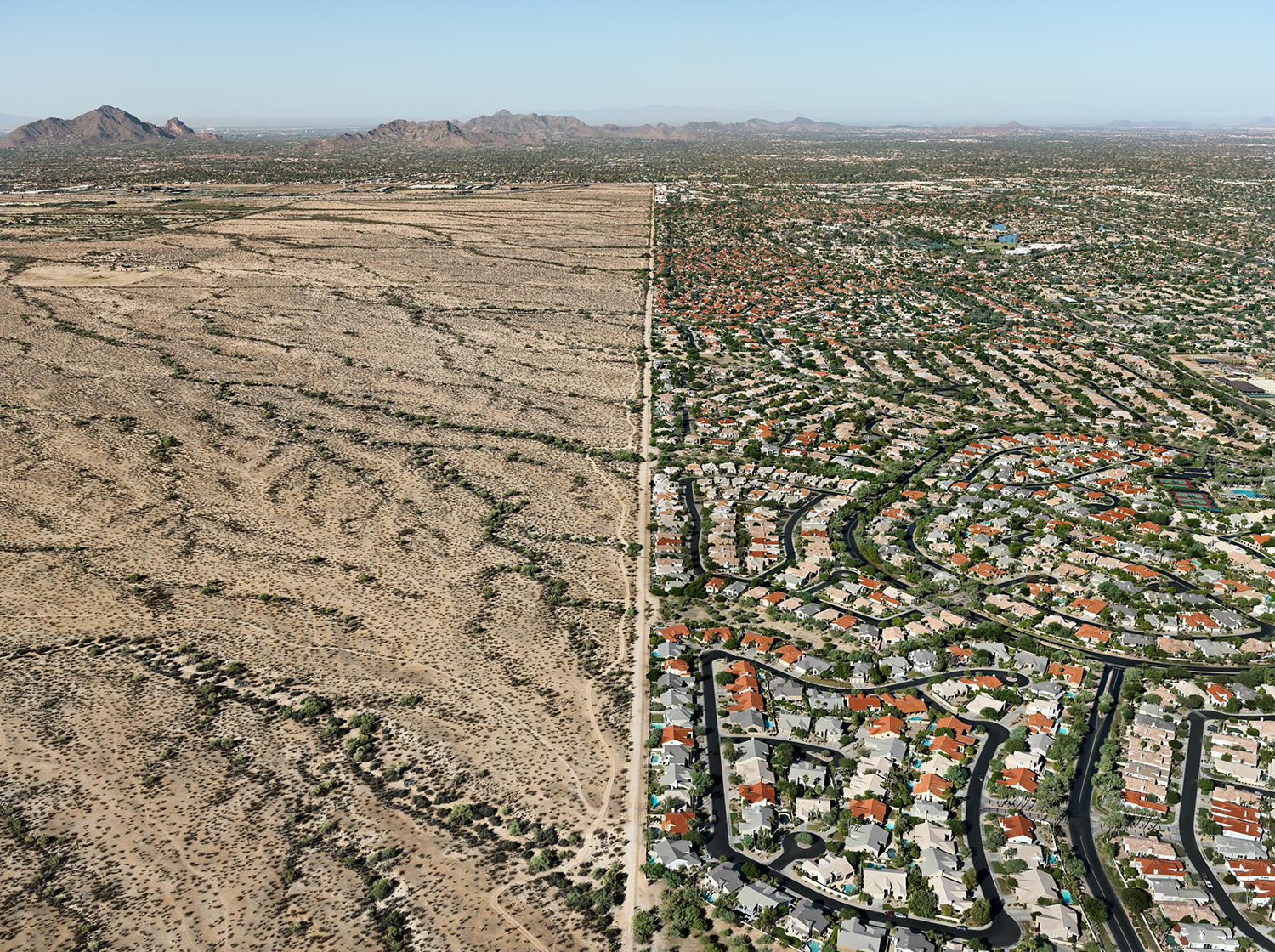
A mechanical tree, damming the Wadden Sea and colonial maps
The exhibition shows how designers, engineers and scientists have sought to bend the world to their will for decades as well as the immense variety of designs to which this has given rise. Take Klaus Lackner’s ‘mechanical tree’ – a gigantic machine that could, according to its inventor, remove up to 1,000 times more carbon dioxide from the air than a normal tree. Lackner predicts a futuristic scenario in which devices like this are set up all over the world to absorb CO2. You will also discover at Design for the planet that megalomaniac visions of the future like this are nothing new. In the Netherlands, for instance, there were plans at one point to dam the entire Wadden Sea. Propaganda posters from Maoist China and the Soviet Union under Stalin, meanwhile, show how the regimes in question tried to control both climate and landscape. Going back even further, meteorological instruments from the eighteenth and nineteenth centuries demonstrate that the accurate measurement of the weather was the first step in the ambition to design the climate. The exhibition also features colonial maps from the seventeenth and eighteenth centuries that testify to the decades in which European powers set out literally to reshape the world. In this way, we uncover the complex and troubling roots of a problem that at first sight seems very modern.

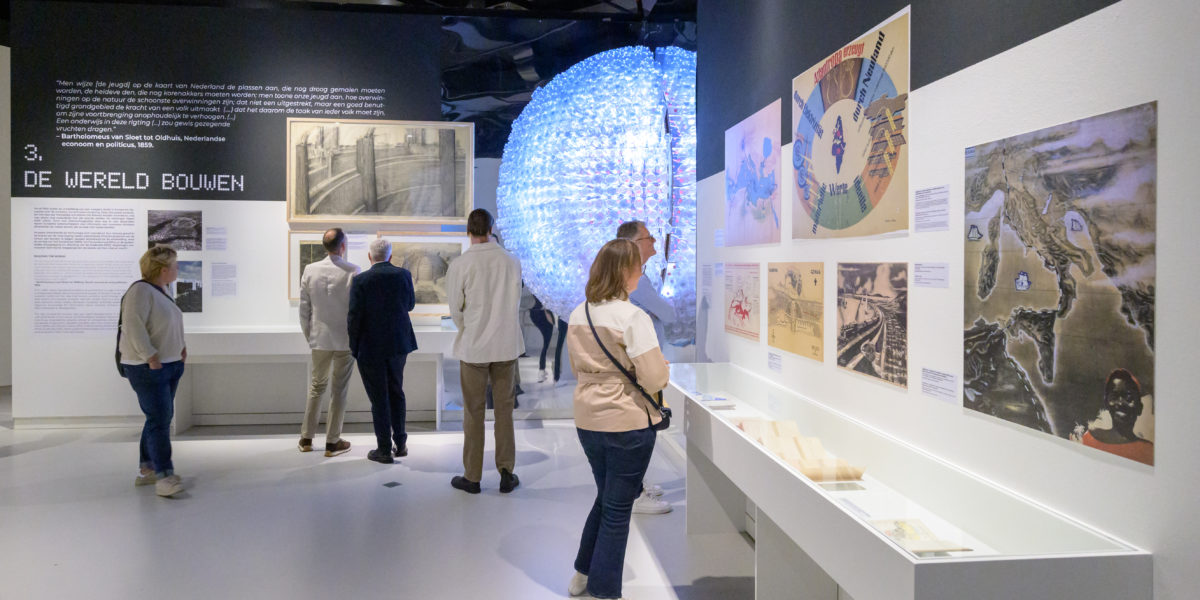

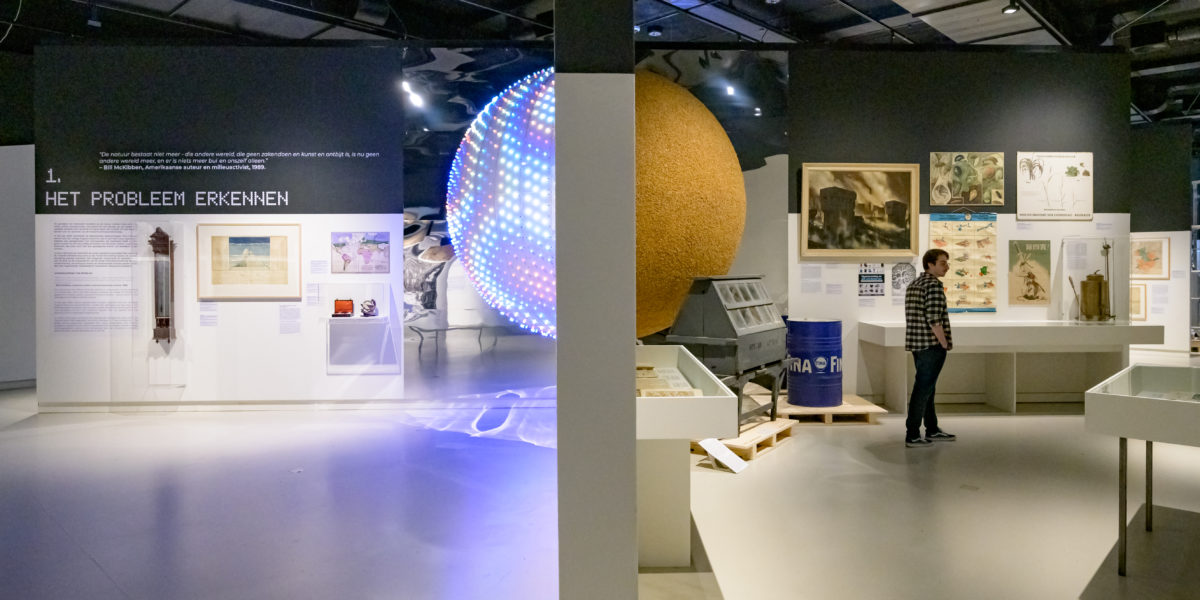

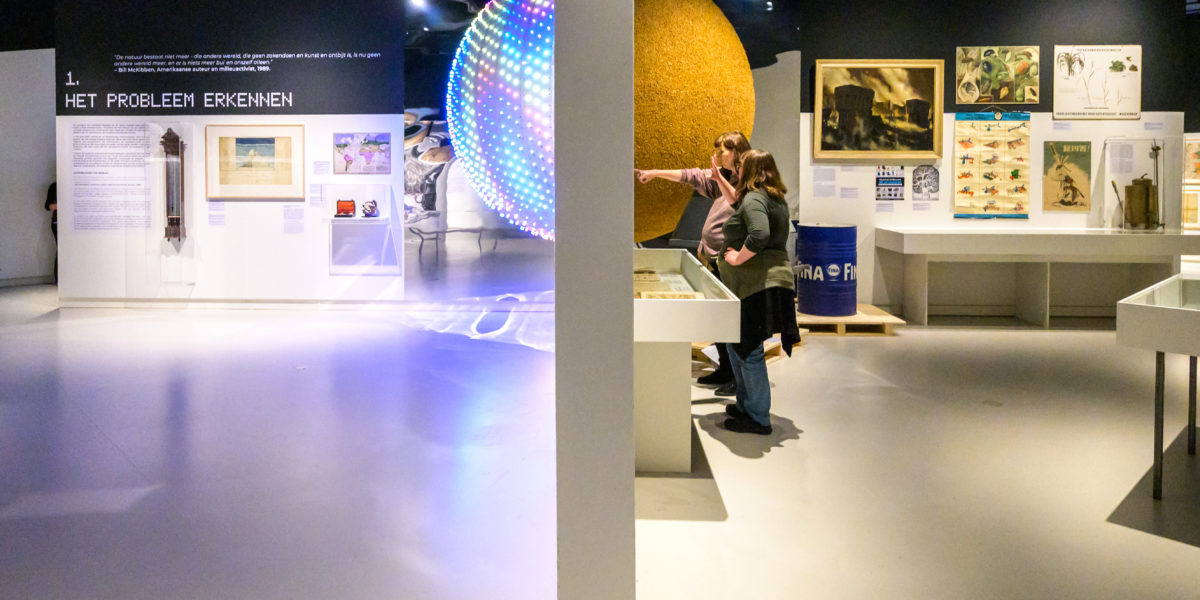


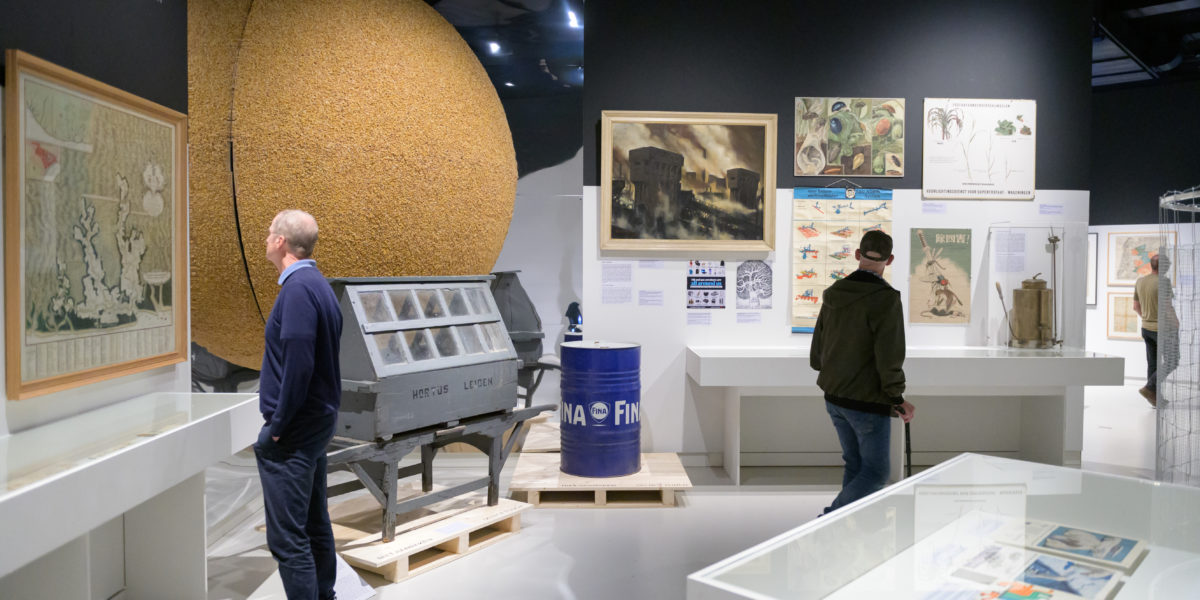
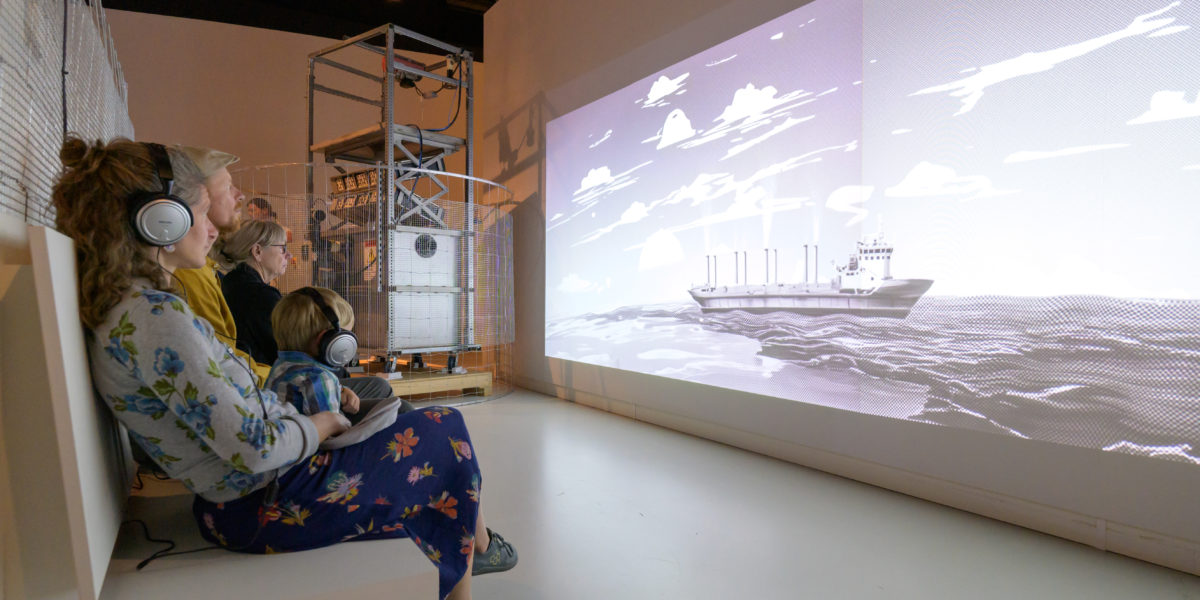


Design for the planet
Would you like to learn more about this exhibition? Then visit our online inspiration platform The Third Floor. Here you can find the exhibition texts, backgrounds, and even a video podcast about Design for the Planet.
This exhibition was curated by Tomas van den Heuvel. The exhibition design was created by Studio Kinkorn, and the graphic design by Studio Rogier Arents. The campaign image was designed by Studio Lesley Moore.
The exhibition has been made possible thanks to the support of Mondriaanfonds,

Het Cultuurfonds,

Stichting Zabawas,

the municipality of ‘s-Hertogenbosch,

the province Noord-Brabant,

the Friends, Members and Patrons of the museum and Club Design.
